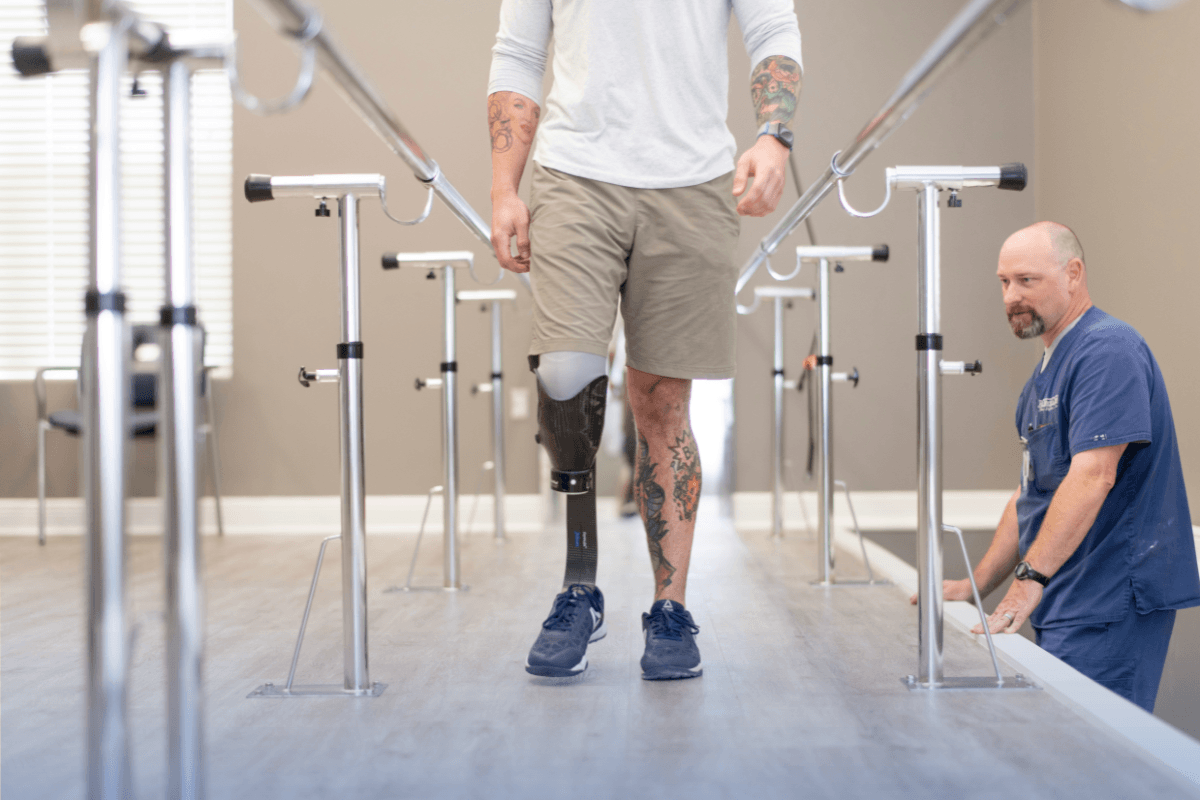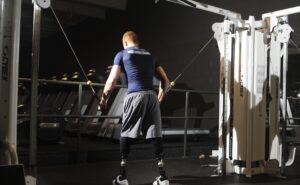Phantom limb pain is a common and complex condition affecting individuals who have undergone amputation. It is characterized by the sensation of pain in the missing limb, as well as other sensations such as tingling, cramping, and burning. While the exact cause of phantom limb pain is not fully understood, it is thought to be related to changes in how the brain processes sensory information after amputation.

Treatment Options for Phantom Limb Pain
Treatment options for phantom limb pain vary depending on the severity and frequency of the pain, as well as the individual's specific needs and preferences. Some common treatment approaches include:
Medications
Non-steroidal anti-inflammatory drugs (NSAIDs) and certain types of antidepressants and anticonvulsants may effectively reduce phantom limb pain. These medications work by inhibiting the production of inflammation-causing chemicals in the body or altering how the brain processes pain signals.
Physical Therapy
Exercises and stretches can help improve mobility and function in the sound limb and may also relieve phantom limb pain. Physical therapy can involve a range of techniques, including stretching, strengthening, and range of motion exercises, as well as the use of specialized equipment such as treadmills or stationary bikes. Physical therapy can also involve techniques such as massage, dry needling, or heat and cold therapy to help manage pain and improve function.
Mirror Therapy
Using a mirror to reflect the sound limb can create the illusion of the missing limb being present, which may help to reduce phantom limb pain. This treatment approach involves the individual positioning themselves in front of a mirror and moving their sound limb in a way that creates the appearance of the missing limb moving as well. Mirror therapy can be a helpful tool for individuals who are struggling to adjust to life with an amputation and may be experiencing feelings of loss or grief.
Transcutaneous Electrical Nerve Stimulation (TENS):
This treatment involves using low-voltage electrical currents to stimulate the nerves and reduce pain. TENS therapy can be administered through a small device that is placed on the skin, and the electrical currents are thought to help block pain signals from reaching the brain. TENS therapy is a non-invasive treatment option that can be administered in a healthcare setting or at home, and it is generally considered to be safe and well-tolerated.
Spinal Cord Stimulation
This treatment involves the placement of electrodes along the spinal cord, which can provide relief from phantom limb pain by altering the way the brain processes pain signals. Spinal cord stimulation is typically administered through a small device that is implanted under the skin, and the electrical impulses can be adjusted to provide the desired level of pain relief. Spinal cord stimulation is typically reserved for individuals who have not responded to other treatment approaches, and it is typically a more invasive treatment option.
Virtual Reality Therapy
Virtual reality (VR) therapy is a promising treatment option for individuals experiencing phantom limb pain. VR therapy was found to be effective in reducing pain intensity and improving function in patients that have experienced limb loss. The therapy was also well-tolerated and did not produce any adverse side effects.
Overall, using VR therapy to treat phantom limb pain appears to be a promising option for patients with limb loss. Further research is needed to determine VR therapy's long-term effectiveness and establish optimal treatment protocols. However, the available evidence suggests that VR therapy may be a valuable addition to the treatment options available for individuals experiencing phantom limb pain.
Conclusion
It is important to work with a healthcare provider to determine the best treatment approach for phantom limb pain. In some cases, a combination of treatments may be necessary to effectively manage the pain. It is also important to remember that phantom limb pain is a chronic condition, and ongoing management will likely be necessary to maintain relief from pain.
At Horton's Orthotics & Prosthetics, our team of trained professionals is dedicated to helping individuals with amputations manage their phantom limb pain and improve their overall quality of life. We offer a range of treatment options, including custom-made prosthetics and orthotics, to help individuals with amputations regain mobility and independence, and consultation with our in-house physical therapist. If you or a loved one is experiencing phantom limb pain, we encourage you to contact us to learn more about the treatment options available. Our team of experienced professionals can work with you to develop a personalized treatment plan that addresses your specific needs and goals.




